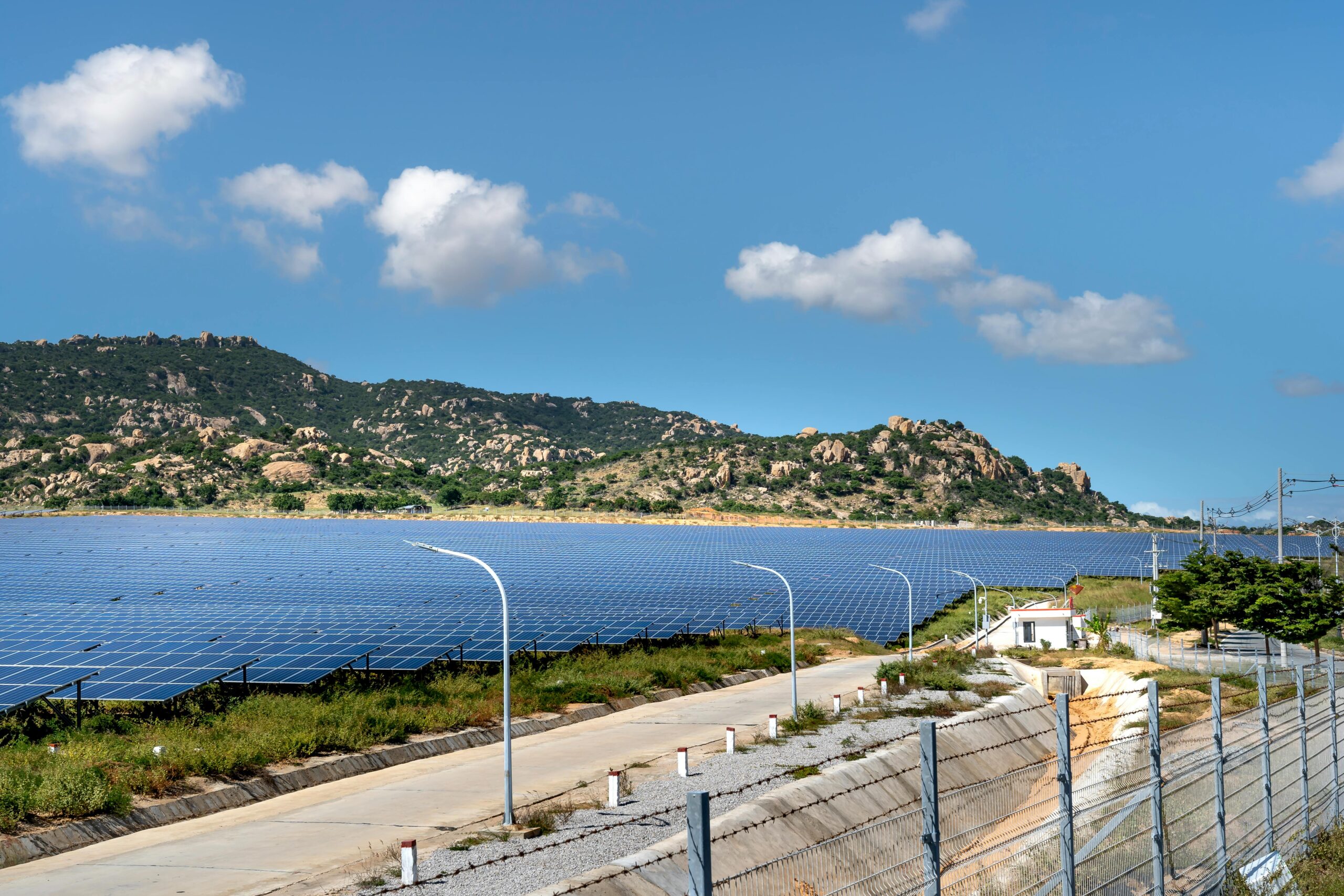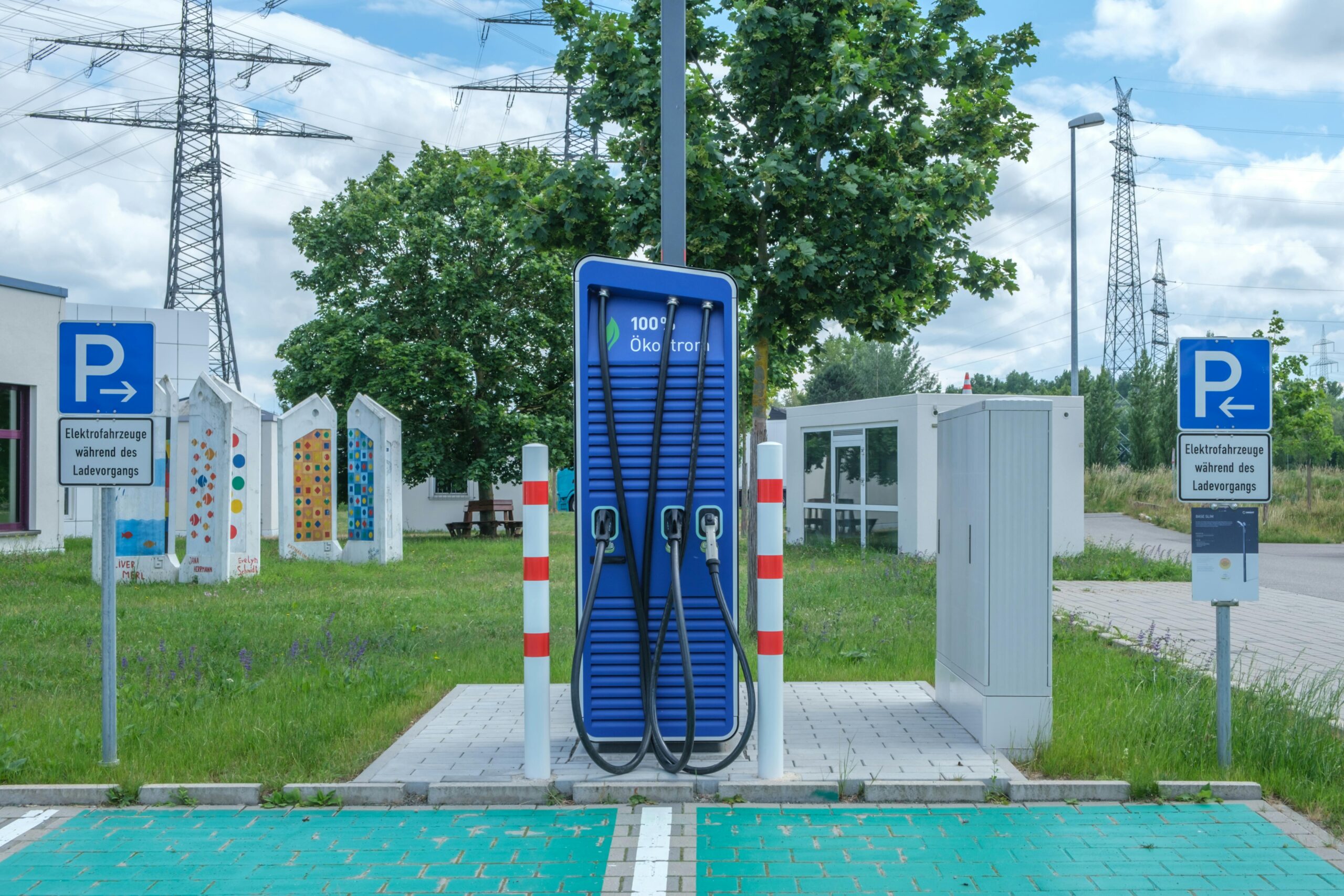As solar energy continues to gain traction as a viable source of renewable power, understanding its economics is crucial for both consumers and policymakers. This article explores the costs, benefits, and future trends in the solar energy sector, shedding light on its growing importance in the global energy landscape.
Costs of Solar Energy
- Initial Investment
The initial cost of solar panel installation has been a significant barrier for many homeowners and businesses. However, prices have decreased dramatically over the past decade, making solar energy more accessible. Factors contributing to this decline include advancements in technology, increased manufacturing efficiency, and economies of scale in production. The upfront costs vary depending on system size, location, and installation specifics, but incentives such as tax credits and rebates often mitigate these expenses. - Maintenance and Lifespan
Solar panels generally require minimal maintenance, primarily consisting of occasional cleaning and inspections. Most solar panels have a lifespan of 25 years or more, with warranties often covering performance for this duration. While maintenance costs are relatively low, it’s important for owners to consider the long-term investment aspect, including potential repairs or replacements of inverters and batteries in off-grid systems. - Financing Options
Various financing models have emerged to make solar energy more accessible. These include solar loans, leases, and power purchase agreements (PPAs), allowing consumers to install systems with little or no upfront costs. These options enable users to pay for solar energy over time, often with monthly payments that are lower than traditional energy bills.
Benefits of Solar Energy
- Reduction in Energy Bills
One of the most immediate benefits of solar energy is the reduction in electricity bills. By generating their own power, homeowners and businesses can decrease their reliance on grid electricity, leading to significant savings over time. In many regions, net metering policies allow users to sell excess energy back to the grid, further enhancing financial returns. - Environmental Impact
Solar energy significantly reduces greenhouse gas emissions compared to fossil fuels, contributing to cleaner air and a healthier environment. The shift toward renewable energy sources like solar is crucial for combating climate change and fostering sustainable development. By investing in solar energy, individuals and governments can play an active role in reducing their carbon footprint. - Job Creation and Economic Growth
The solar industry has become a significant driver of job creation, with roles spanning manufacturing, installation, maintenance, and sales. As the sector continues to grow, it supports local economies and fosters innovation in renewable energy technologies.
Future Trends in Solar Energy Economics
- Technological Advancements
Continued innovations in solar technology are expected to drive down costs further and improve efficiency. Emerging technologies, such as bifacial panels and perovskite solar cells, hold the promise of greater energy generation at lower prices. As research progresses, these advancements could lead to more affordable and effective solar solutions. - Integration with Energy Storage
The increasing adoption of energy storage solutions, such as batteries, will enhance the economic viability of solar energy. By storing excess energy generated during the day, users can ensure a reliable power supply during peak demand hours or at night. As battery technology improves and costs decrease, the combined use of solar and storage systems will become more commonplace. - Policy Support and Incentives
Government policies and incentives will continue to play a vital role in shaping the economics of solar energy. As countries set ambitious renewable energy targets and implement supportive legislation, the growth of the solar sector will be further encouraged. These policies can include tax credits, feed-in tariffs, and renewable portfolio standards that mandate a certain percentage of energy generation from renewable sources. - Global Market Growth
The global demand for solar energy is expected to rise as countries seek to diversify their energy portfolios and meet sustainability goals. Emerging markets, particularly in Asia and Africa, present significant opportunities for solar expansion, driven by the need for affordable and reliable energy solutions.
Conclusion
The economics of solar energy are increasingly favorable, with decreasing costs, substantial benefits, and promising future trends. As technology continues to advance and supportive policies are implemented, solar energy will play a crucial role in the transition to a sustainable energy future. By embracing solar power, individuals and governments can contribute to a cleaner environment while enjoying significant economic advantages. The path ahead for solar energy is bright, promising a transformative impact on the global energy landscape.








Leave a Comment